SpanSet's
Load Restraint Course
Teaching workers how to secure loads correctly for safe and compliant transport. It is the most comprehensive course available in the UK.
The same care and expertise should be used when loading and securing scaffolding equipment onto a vehicle for transportation to and from site as is used when erecting the scaffolding on site.
*HSE Work related fatal injuries in GB 2024
Load Restraint Appreciation and Inspection Training
CPC accredited
This unique course fills a need within the Transport Industry to train Drivers on how to secure scaffolding equipment (and other heavy plant/loads) safely onto a trailer ready for transport to and from site.
SpanSet’s Load Restraint course is educational for Operators and companies sending goods (Consignors) involved in loading a vehicle or managing a transport operation and responsible for making sure the load is safely loaded, secure during transport and safely unloaded.
SpanSet's Load Restraint Appreciation and Inspection Course counts as 7 hours towards 35 hours of required CPC training.
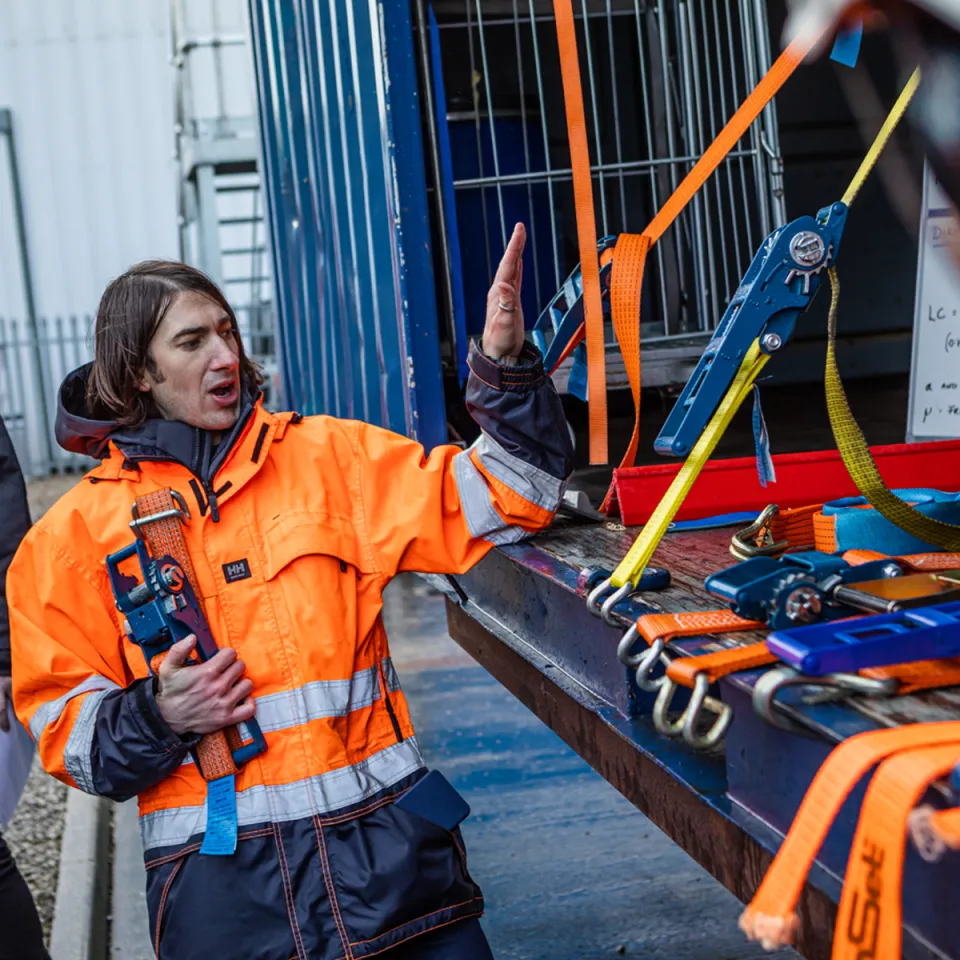
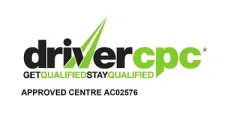
Scaffolding equipment consists of
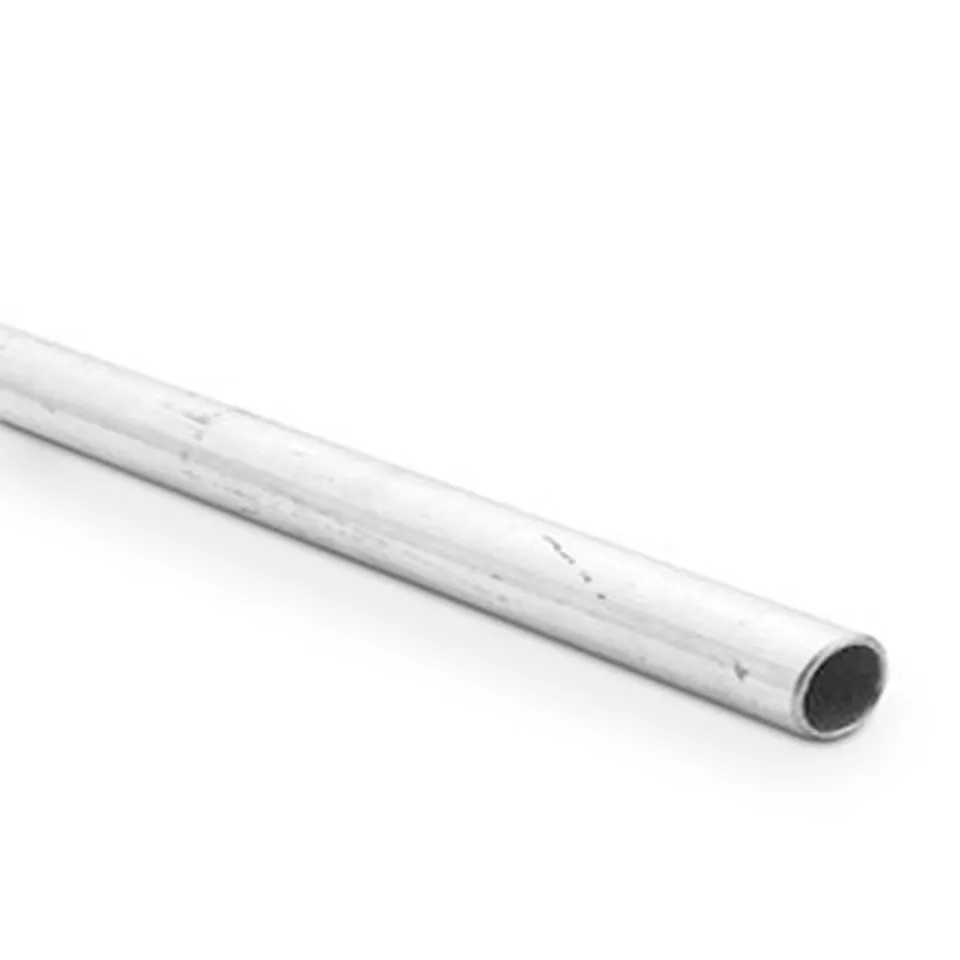
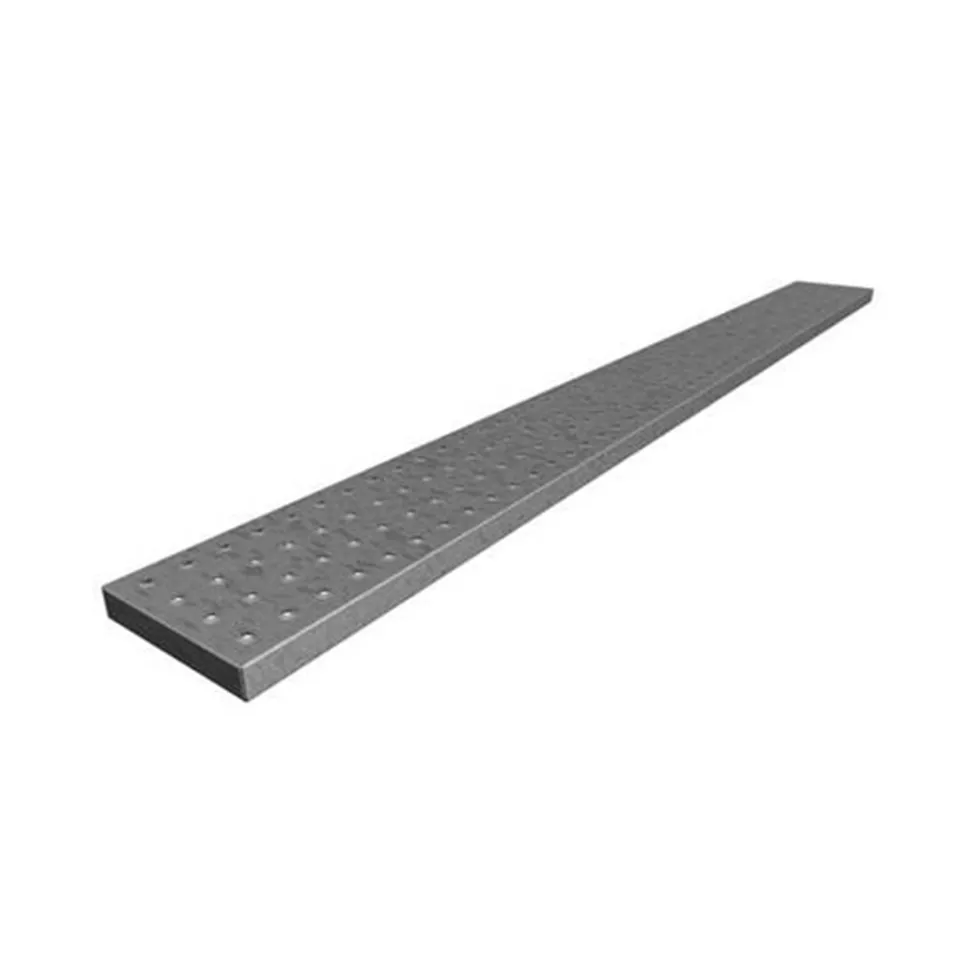
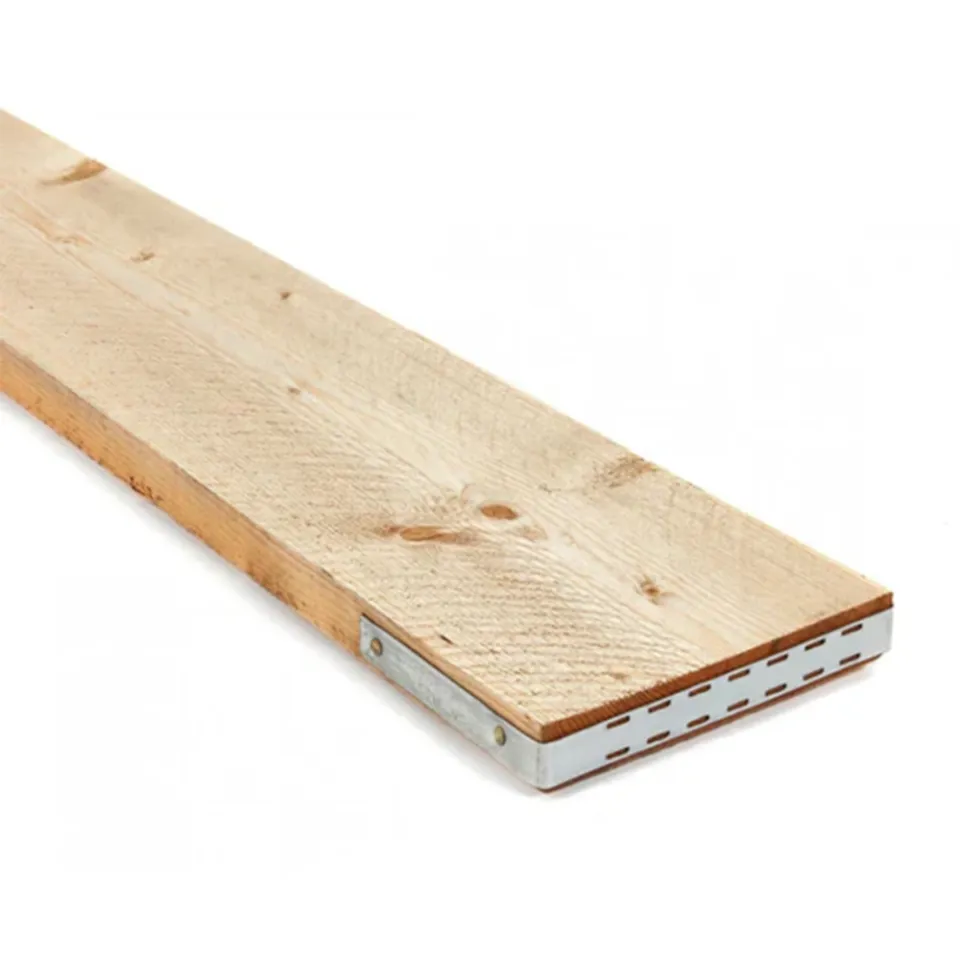
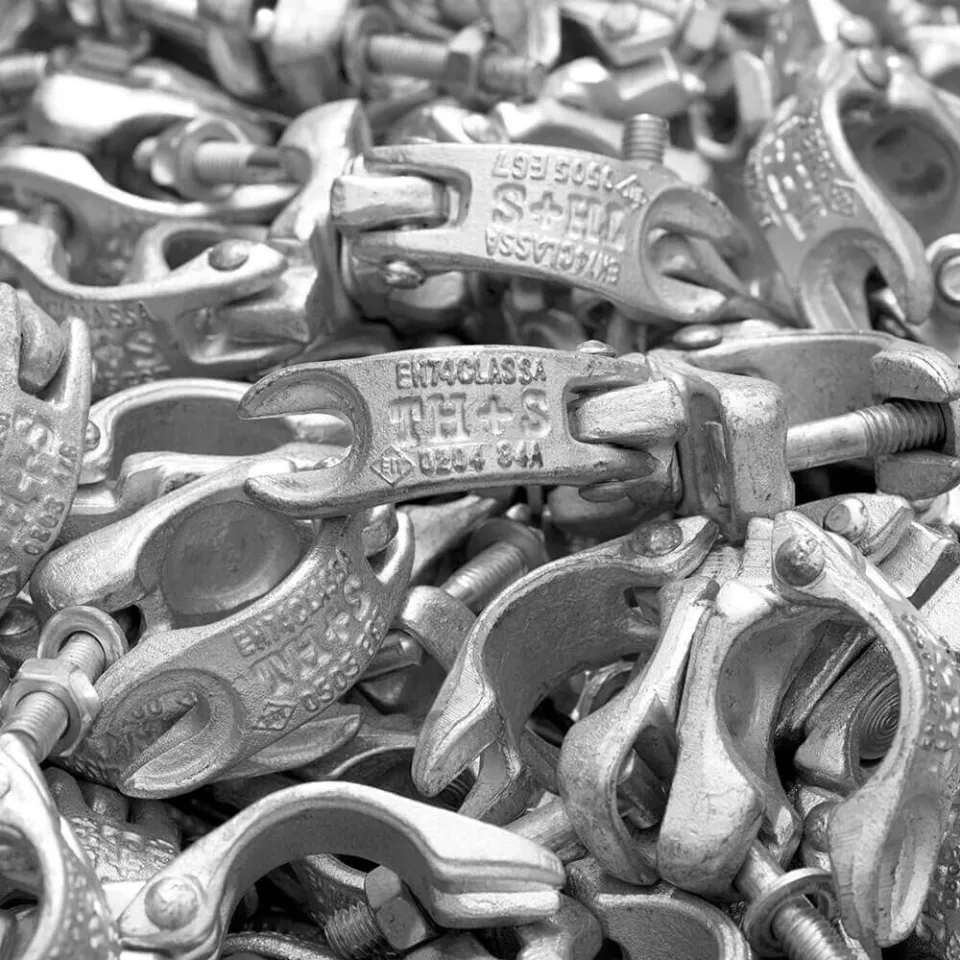
Metal Tubes
A divisible load with a low coefficient of friction (metal on metal is ‘slippy’).
Boards - Metal
A divisible load with a low coefficient of friction (metal on metal is ‘slippy’).
Boards - Wooden
Wood can be contimated with oil etc which could affect lashing straps. Divisible load.
Metal Fittings
Small, heavy items which must be secured correctly in covered stillages. Even small, light items can kill someone if they fall from a vehicle travelling at speed.
The above has an implication for load restraint as workers may not have the specific training required for these complex loads.
Scaffolding equipment consists of

Metal Tubes
A divisible load with a low coefficient of friction (metal on metal is ‘slippy’).

Boards - Metal
A divisible load with a low coefficient of friction (metal on metal is ‘slippy’).

Boards - Wooden
Wood can be contimated with oil etc which could affect lashing straps. Divisible load.

Metal Fittings
Small, heavy items which must be secured correctly in covered stillages. Even small, light items can kill someone if they fall from a vehicle travelling at speed.
The above has an implication for load restraint as workers may not have the specific training required for these complex loads.
There is a skills gaps - many Drivers and Haulage Contractors haven’t received any formal training on Load Restraint at all:
- There are instances of poorly secured scaffolding falling off trailers endangering site workers & other road users. Lives have been lost.
- Historically, many drivers learn from their colleagues – sometimes incorrect information is passed along.
- For example, untrained Drivers believe frictional lashings alone are good enough to secure tubes over the headboard. This isn’t the case; best practice recommends tubes should be choked.
- Inspecting load restraint equipment correctly to ensure it is in a safe condition, free from defects and suitable for the job in hand is an essential skill which some drivers are not trained in.
A poorly secured load could breach Health and Safety legislation when on site or the Road Traffic act when on the roads. Both the Operator and Driver are responsible for safe loads and compliance with the law.

The answer to this skills gap issue is appropriate training!
If the driver/worker responsible for securing scaffolding equipment onto a trailer doesn’t know how to:
- select the most suitable method for securing the load.
- calculate the right number of lashings with the correct load rating to prevent the load from shifting.
- understand how forces act on a load during transit.
- use direct or frictional lashing and the difference between the two.
- to inspect and maintain Load Control equipment.
- their responsibility under legislation.
They need training - it's time to book a course

"It’s not unusual for candidates who have been in the transport industry for years to arrive for this 7-hour course, sit down, cross their arms and look at me as if to say, ‘what can you teach me today?’
I drove HGV’s including *STGO CAT3 for years both in the military and commercially – you name it, I’ve shifted it – from crashed helicopters to Christmas decorations for major supermarkets. I use this experience, together with my training at SpanSet to pass on knowledge. It’s great to hear how, by the end of a course, delegates feel empowered having learnt new skills and how much they’ve enjoyed the course. Good to see those arms unfolded too!"
Lee Sparks, SpanSet Training Instructor
*Special Types General Orders - wide, long heavy loads. CAT3 is up to 150 tonne. Normal artic lorries are 40 tonne.
SpanSet Training - for skills, for knowledge, for safety!
SpanSet - Supplying the Scaffolding Industry
The scaffolding sector is a harsh environment for both workers and their equipment.
Scaffolders deserve equipment specifically designed for the unique and complex work scaffold erection and dismantling is.
Equipment should be tough and of a quality built to last, plus of course traceable, making inspection and remaining compliant straightforward.
SpanSet understand the above and offer a wide range of products, training and inspection services to the scaffolding industry.